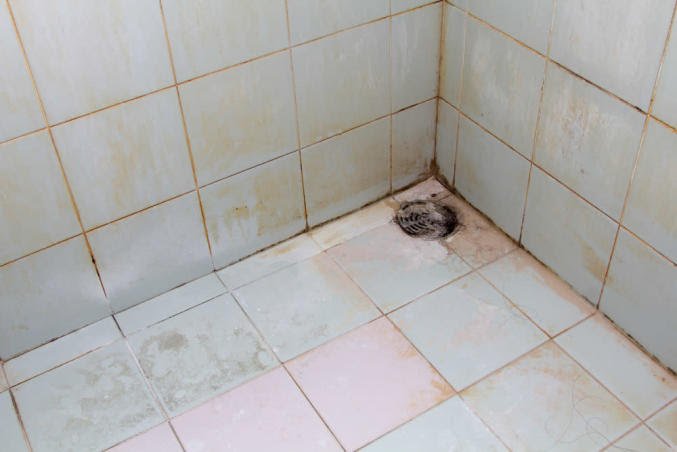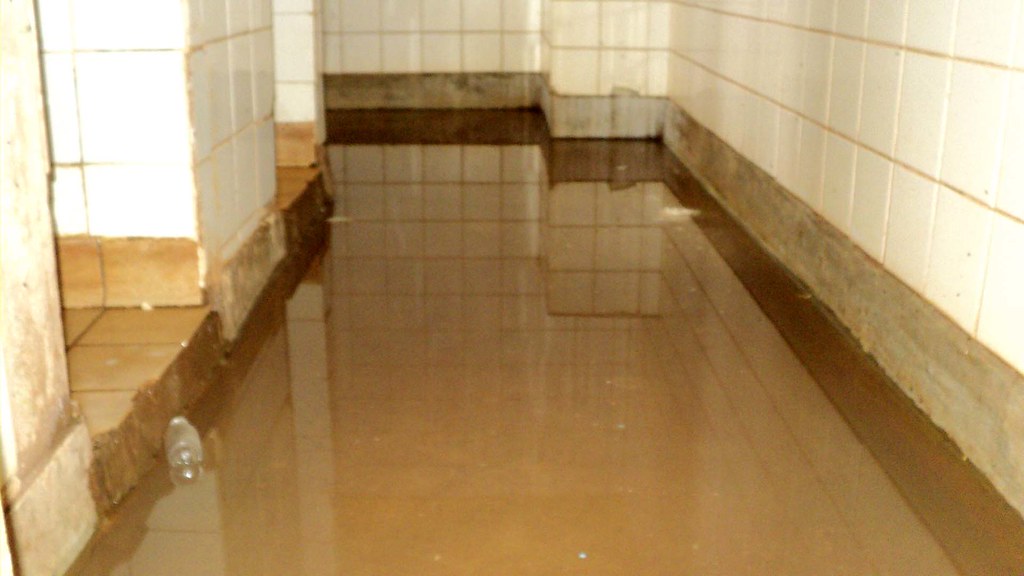Are you currently trying to find information and facts concerning How to Repair and Prevent Bathroom Water Damage??

Water damage often occurs in the washroom due to the water made use of daily. Often, the damages could be a little mold from the shower. Other times, it's substantial damage on your floor. Whatever it is, it is constantly excellent to know the cause and also prevent it before it occurs.
This overview will certainly go through some of the typical sources of water damage in the restroom. We will additionally analyze what you can do to prevent these causes from harming your washroom. Allow's dive in.
5 Usual Reasons For Water Damage in Shower Rooms
These are the usual factors you would have water damage in your bathrooms as well as exactly how you can detect them:
Ruptured or Dripping Pipelines
There are many pipes carrying water to different parts of your shower room. Some pipelines take water to the commode, the sink, the faucets, the shower, and lots of other locations. They crisscross the little area of the restroom.
Once in a while, these pipes might obtain rusty and burst. Various other times, human activity can cause them to leakage. When this happens, you'll locate water in the corners of your restroom or on the wall surface.
To identify this, keep an eye out for bubbling walls, molds, or mildew. Call an expert emergency plumbing professional to fix this when it happens.
Fractures in your wall surface tilesv
Shower room wall tiles have actually been particularly developed for that function. They safeguard the wall surface from moisture from people taking showers. Nonetheless, they are not indestructible.
Often, your washroom wall surface tiles fracture and enable some wetness to leak right into the wall. This might potentially ruin the wall if you don't take any type of activity. If you discover a crack on your wall floor tiles, repair it instantly. Do not wait up until it damages your wall.
Overflowing commodes as well as sinks
As people, in some cases we make mistakes that can trigger some water damage in the restroom. For example, leaving your sink faucet on might cause overruning as well as damage to various other parts of the restroom with dampness.
Additionally, a malfunctioning toilet can trigger overruning. For instance, a broken commode deal with or various other parts of the cistern. When this takes place, it might harm the floor.
As quickly as you notice an overflowing sink or commode, call a plumbing technician to aid handle it immediately.
Roofing Leaks
Occasionally, the issue of water damage to the restroom may not originate from the washroom. For instance, a roofing system leakage can create damage to the shower room ceiling. You can detect the damages done by taking a look at the water discolorations on the ceiling.
If you find water spots on your ceiling, examine the roof to see if it's damaged. Then, call an expert to help solve the issue.
Excess Wetness
It's trendy to have that long shower and sprinkle water while you hem and haw and act like you're doing, however occasionally these acts can create water damage to your restroom.
Sprinkling water around can trigger water to head to corners and form mold and mildews. Watch how you spread out excess dampness around, and also when you do it, clean it up to prevent damage.
Verdict
Water damage to your bathroom can be aggravating. However, you can manage it if you protect against several of the causes mentioned in this overview. Call an expert emergency plumbing technician if you observe any type of severe damage.
How to Prevent Water Damage in Your Bathroom?
Water damage repair is an expensive, meticulous, and lengthy process. Unfortunately, bathrooms are the most susceptible rooms to water damage due to toilets, showers, and sinks. Pipes and fixtures wear out over time and are not immune to damage. But all is not lost, as there are ways to prevent water damage from occurring in your bathroom.
Check Your Plumbing
Nothing lasts forever, especially pipes, which can rust and begin leaking over time. You should periodically conduct pipe inspections and pay attention for any musty smells or water stains that may indicate you need water damage repair. Here are some things to check:
- Frequently test valves for your toilet, shower, and sink to ensure they are properly working.
- Check faucet supply lines hidden under vanities and replace when needed.
- Replace cracked or deteriorating caulking along sinks, tubs, and showers.
- If you notice a clog in your sink, call in a professional.
- Since you can’t check the pipes in the wall, keep an eye out for stains, drywall bubbling, musty smells, and excess moisture; if the bathroom is on a second level, check the ceiling of the room directly below for these signs.
Don’t Overwork Your Toilet
One of the most common reasons bathrooms need water damage repair is due to overflowing toilets. Save yourself the hassle of cleanup by being mindful and not pushing your toilet to extreme limits. If you have young children, it is especially important to keep an eye on them when they are in the bathroom and to teach them how to avoid clogging the toilet. Here are some more tips to help prevent your toilet from overflowing:
- If you have a septic tank, only use septic-safe toilet paper
- Do not flush anything down the toilet besides toilet paper; items like diapers and sanitary napkins will clog the piping
- Pay attention to your toilet’s water level: If it’s low, it could mean it is partially clogged or that there is a crack in the toilet bowl
https://www.alure.com/home-improvements-blog/resources/how-to-prevent-water-damage-in-your-bathroom

As a keen reader on How to Repair and Prevent Bathroom Water Damage?, I figured sharing that excerpt was a great idea. Those who liked our post kindly don't forget to pass it around. Thanks so much for your time invested reading it.
Information Here
Comments on “What Causes Water Deterioration in the Bathroom”